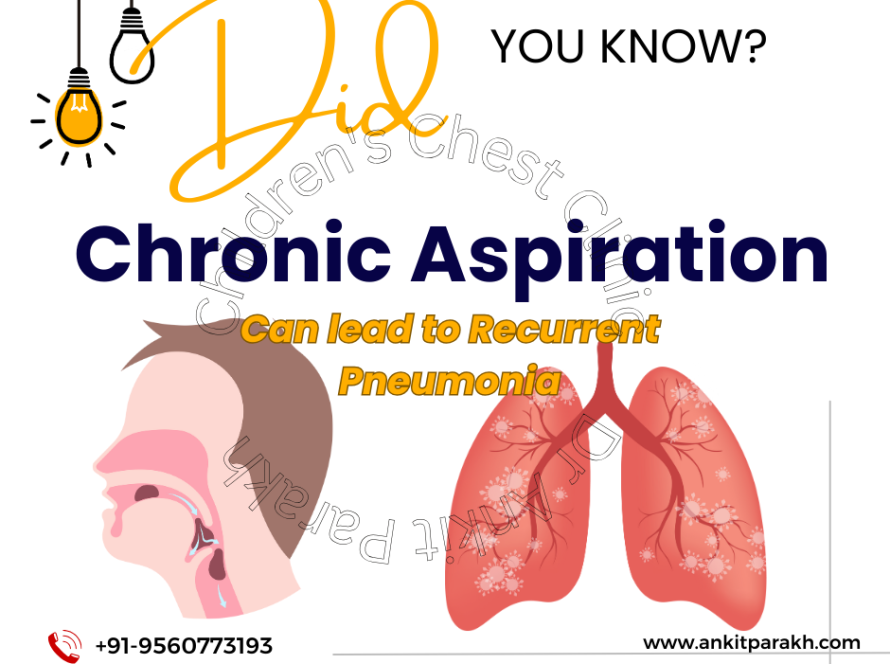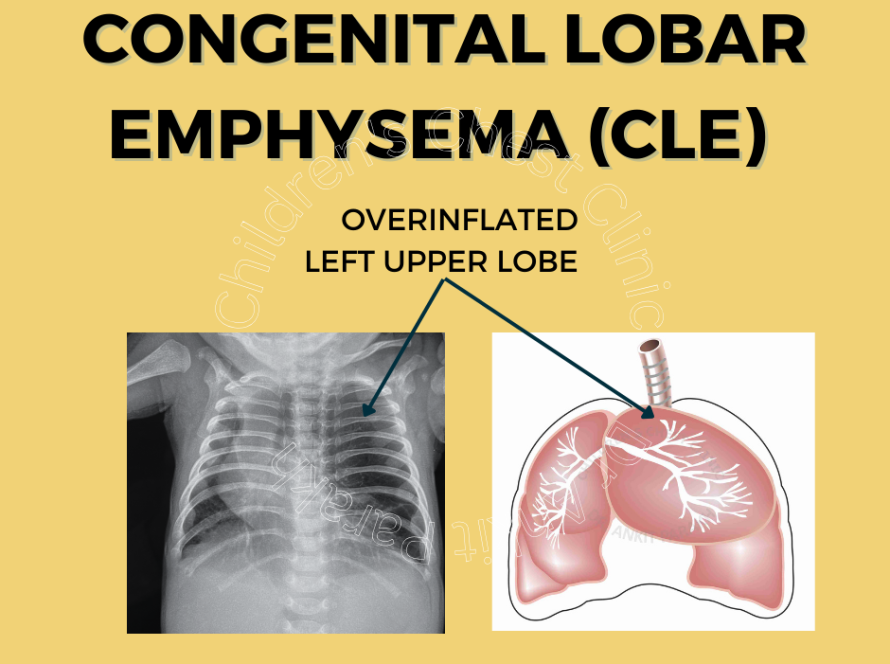Obstructive sleep apnea (OSA) is a common problem in children, although it is highly unrecognised and under diagnosed. Almost 10% of children are thought to snore, of which 10% of children will have obstructive sleep apnea (OSA). Overall, 1 to 3% of children across the world have obstructive sleep apnea (OSA).
Symptoms of sleep apnea could be mild, but can be severe. It has been seen across the world that parents and doctors are unaware of the serious side effects which untreated obstructive sleep apnea (OSA) can cause in children. The extent to which a child develops these complications is variable depending on their susceptibility and the severity of obstructive sleep apnea (OSA). Health consequences of obstructive sleep apnea (OSA) may appear slowly which makes it hard for parents to notice. There is a need for an increased awareness about obstructive sleep apnea (OSA) amongst parents and doctors. Early detection and treatment is important for a good outcome in children. In this article, we discuss the various problems obstructive sleep apnea (OSA) can lead to in children.
Children who have sleep disordered breathing or obstructive sleep apnea (OSA) have difficulty sleeping at night. Obstructive sleep apnea (OSA) leads to repeated episodes of shallow breathing (known as hypopneas) as well as episodes of complete stoppage of breathing (known as apneas). Children with obstructive sleep apnea (OSA) can have hundreds of hypopneas and apnea at night. During periods of apnea and hypopneas, the oxygen level in the body falls and the level of carbon dioxide (which is a waste gas) rises. Every apnea and hypopneas leads to arousals or waking up (sometimes not visible to parents). Hence, it might appear that the child has slept for an adequate duration of time. The quality of sleep is poor due to cycles of apneas and arousals. This is also known as a non restorative sleep.

Behavioural and Learning Complications of Obstructive Sleep Apnea (OSA) in children
A good night’s sleep is essential for humans. A poor night’s sleep can severely impact the daytime functioning of children. Children with obstructive sleep apnea (OSA) get irritable and cranky. Children with obstructive sleep apnea (OSA) often become hyperactive as a manoeuvre to keep themselves awake in the day. Many children with obstructive sleep apnea (OSA) are often diagnosed with attention-deficit / hyperactivity disorder (ADHD) because the symptoms are similar. Children with obstructive sleep apnea (OSA) fall behind in their school work, get learning difficulties and have a deterioration in the school performance. Older children, adolescents and adults with obstructive sleep apnea (OSA) get very sleep during the day impairing day time functioning.
Long-Term Health Consequences of obstructive sleep apnea (OSA) in children?
Children with untreated obstructive sleep apnea (OSA) can develop many significant health problems. Sleep is absolutely necessary for growth and development. Children with untreated obstructive sleep apnea (OSA) get a poor sleep quality which can lead to poor growth and weight gain.
Some children, especially adolescents become obese due to obstructive sleep apnea (OSA). On the other hand, obesity can also be a potential cause of obstructive sleep apnea (OSA) in children. Many children with obstructive sleep apnea (OSA) remain lethargic, low on energy and sleepy during the day. They become less active promoting excess weight gain. Additionally it has been seen that the hormones for appetite and energy (like Leptin) can be disrupted making kids eat more and store more fat. Obesity and obstructive sleep apnea (OSA) is a vicious cycle where obesity makes obstructive sleep apnea (OSA) worse and obstructive sleep apnea (OSA) makes obesity worse.
Obstructive sleep apnea (OSA) can have many deleterious effects on the heart. During episodes of apneas and hypopneas the body releases stress hormones which strains the heart. This leads to high blood pressure, raised pulmonary pressures (pulmonary hypertension) and increased risk of heart attacks.
Dental and Orthodontic complications of Obstructive Sleep Apnea (OSA) in children
Children with obstructive sleep apnea (OSA) tend to have many dental issues. Children with obstructive sleep apnea (OSA) are chronic mouth breathers. Mouth breathing leads to increased plaque, cavities and gum diseases. Mouth breathing also prevents the proper positioning of the tongue against the palate or the upper jaw which is needed for the proper development of the jaw. This leads to crooked, crowded and malaligned teeth.
In case your child is having symptoms suggestive of obstructive sleep apnea (OSA) you need to get in touch with a child sleep specialist for proper diagnosis and treatment to prevent complications.






